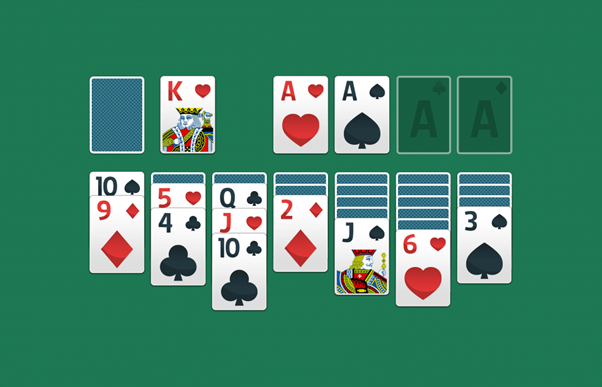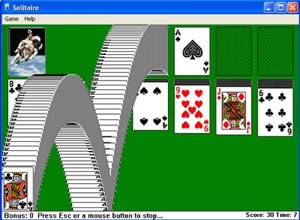Solitaire: The Journey of a Card Game from Humble Beginnings to Digital Fame

Solitaire, a game revered for its blend of patience and strategy, has a storied history that spans centuries and continents. Recognized as 'Patience' in Europe and 'Klondike' in North America, this once-elitist pastime has evolved into a digital phenomenon that's now universally accessible.
As we embark on a journey through the intricate evolution, varied forms, and significant cultural impact of Solitaire, we invite you to experience this classic game in its contemporary avatar. For those interested, playing solitaire online at Solitaires offers a unique opportunity to engage with this timeless game in the modern digital landscape.
Chapter 1: Historical Roots and Evolution
The Aristocratic Beginnings and Cultural Spread of Solitaire
Tracing its origins back to the late 1700s in Northern Europe, Solitaire initially emerged as a competitive card game. It gradually transformed into a solitary pursuit, gaining immense popularity in the 19th century, particularly in France with a variety of Solitaire games being created. The Victorian era in England saw the game's proliferation, with numerous publications detailing its rules and strategies, making it a staple in European households.
Chapter 2: Solitaire in the Digital Age
The Digital Revolution: Solitaire's Leap into the Technological Era
The late 20th century witnessed a pivotal transformation of Solitaire from a traditional card game to a digital marvel. Its integration into Microsoft Windows 3.0 in 1990 marked a significant milestone, not only easing users into graphical user interfaces but also cementing Solitaire's place in the digital domain. This integration made Solitaire a ubiquitous presence on personal computers, introducing many to digital gaming.

Chapter 3: Variations and Adaptations
Exploring the Rich Tapestry of Solitaire Games
Solitaire is not just a single game; it is a family of games, each boasting unique rules and strategic demands. Popular variations in the digital age include:
● Spider Solitaire: Challenging players to create descending sequences from two decks.
● Tripeaks and Golf Solitaire: Offering quicker gameplay focused on ascending or descending sequences.
● Mahjong Solitaire: A tile-based variation centered on matching identical tiles to clear the board.
Each variant offers unique challenges, testing a range of skills from strategic planning to quick decision-making.
Chapter 4: Strategies for Mastery
Mastering the Art of Solitaire: Advanced Strategies and Tips
To excel at Solitaire, players need more than a grasp of the rules; they require strategic thinking and foresight. Key strategies include the effective use of the undo button in digital versions and skillful management of card sequences and suits, dramatically enhancing winning chances.
Chapter 5: Cultural and Psychological Impact
Solitaire's Influence: Beyond the Game
Solitaire's impact goes beyond gaming, finding its place in workplaces as a tool for relaxation and a subject for management. Psychologically, it offers a mental respite, aiding in stress reduction and concentration. Its role in fostering early computer literacy has also been notable, introducing many to the basics of digital interaction.
Chapter 6: Educational Value
Solitaire in Learning: Developing Skills Through Play
In educational settings, Solitaire serves as a tool for teaching probability, strategy, and decision-making. It encourages forward-thinking and evaluating the consequences of actions, skills valuable in various life aspects.
Conclusion: The Enduring Legacy of Solitaire
Solitaire's Timeless Appeal: Adapting and Thriving Through Ages
From its aristocratic European origins to its status as a digital icon, Solitaire's journey is a testament to its enduring appeal. Adapting to cultural and technological changes, it has maintained its core principles of patience, strategy, and introspection. As technology evolves, Solitaire is poised to continue adapting, remaining a cherished pastime for future generations.





Update